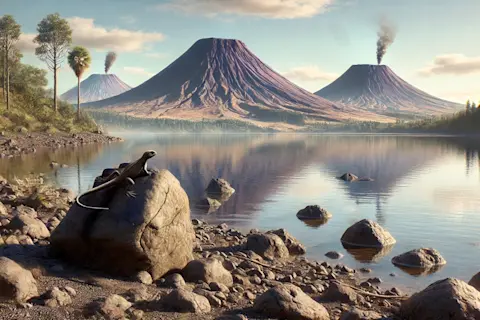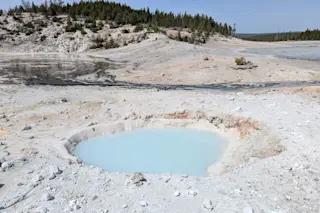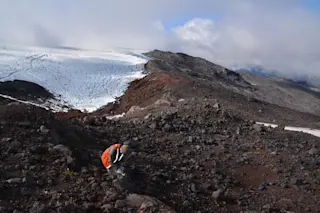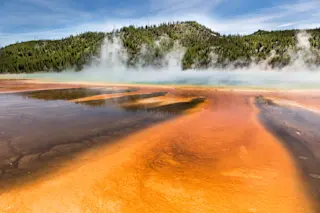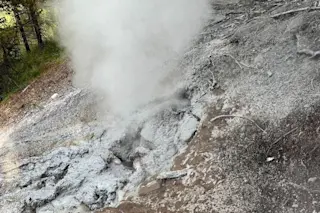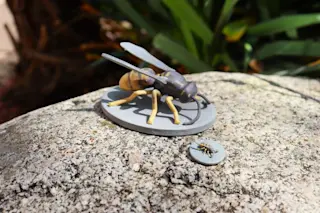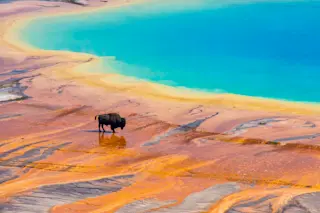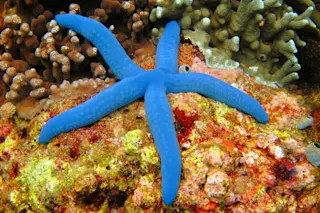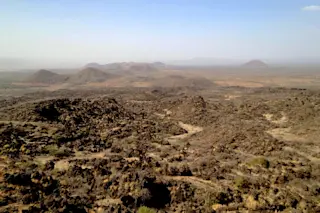Forty years ago an amateur Scottish paleontologist named Stan Wood made a fascinating discovery, uncovering Westlothiana lizziae, nicknamed “Lizzie.” The ancient salamander filled a niche that geologists had been after for years, marking the transition of the first animals from water to land.
The earliest life began with the emergence of more complex creatures, formed around 560 million years ago, in the Earth’s oceans. Lizzie is an ancient tetrapod, and her transition from marine to land was one of the most important evolutions in understanding how life formed on the planet. She resembled a small lizard with four legs and was about 20 cm (~7 inches) in length. She lived in freshwater and likely hunted small creatures within her habitat.
Scotland would have looked very different from what it does today, a veritable rainforest where volcanoes abounded and a treasure trove of ancient tetrapods thrived. Tetrapods are a species that ...
